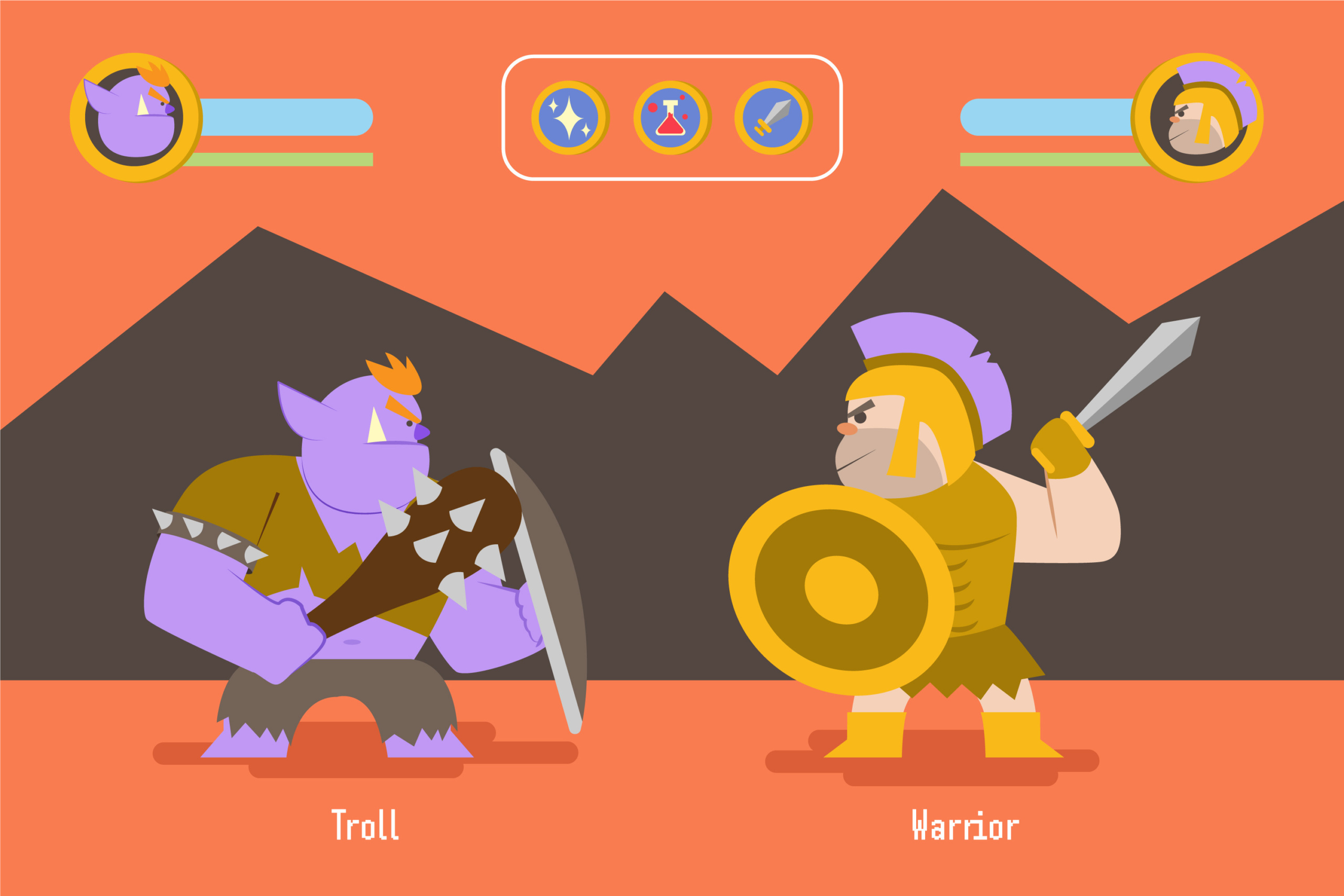Title: Gorlock the Destroyer: Meme or Myth? Unpacking the Legend of the Internet’s Most Confusing Character
In the world of internet memes, some characters rise to fame for their humor, others for their sheer absurdity. And then there’s Gorlock the Destroyer—a meme that can only be described as part enigma, part chaos, and 100% confusing. If you’ve scrolled through the depths of TikTok or Twitter, you’ve probably encountered this figure. But if you haven’t, don’t worry—you’re about to get a deep dive into one of the weirdest internet phenomena of the year.
Let’s start with the basics: Who—or what—is Gorlock the Destroyer? Is it a person? A creature from the darkest corners of the internet? Or perhaps a strange concoction of the bizarre memes that rule our online lives?
The Origins: A Riddle Wrapped in a Meme
Gorlock the Destroyer’s rise to fame is the kind of story that could have been written by a fever-dreamed algorithm. It’s part of a wider trend in the meme ecosystem, where the stranger, the more inexplicable, the better. But here’s the kicker: no one really knows who Gorlock is. Sure, you might find posts with the name or phrases like “Gorlock the Destroyer is coming for you,” but every meme seems to be built on a different version of the character. Gorlock’s identity is fluid, malleable—like a shapeshifting figure in the online folklore that never quite solidifies into something concrete. Is he a monster? A person? Maybe both?
There’s this vague, ominous aura surrounding Gorlock. It’s like the character exists on a plane between reality and an internet persona that takes itself just seriously enough to make you question whether you should fear or laugh at it. Perhaps it’s better this way—after all, the best memes thrive in the haze of ambiguity, right?
Gender? Why Does It Matter?
One of the most fascinating aspects of Gorlock the Destroyer is the constant confusion surrounding its gender. Some people refer to Gorlock as “he,” while others argue that Gorlock is female or, more intriguingly, some sort of non-binary force of nature (because, of course, that’s the meme energy we need in the 21st century). In truth, gender isn’t even the right question to ask here. It’s not about whether Gorlock is male, female, or whatever else you’re expecting. It’s about embracing the chaos and the utter randomness of it all.
Why should memes be confined to the rigid structures of real life? Why can’t we have a meme where gender is as fluid and undefinable as the very concept of Gorlock itself? It’s a meme, not a political statement. It’s a wild ride, and the destination is always a question mark.
The Legend of “Gorlock the Destroyer Girl”
Ah, and here we arrive at the most curious wrinkle in the meme: Gorlock the Destroyer Girl. While the traditional image of Gorlock tends to lean toward some menacing, monstrous being (often resembling a demon or villain with an apocalyptic flair), the addition of “girl” introduces a layer of confusion that just makes the whole thing so much better.
Is Gorlock a girl? Or is the phrase “Gorlock the Destroyer Girl” simply the internet’s way of complicating an already convoluted meme? Who knows. This is, after all, the age of genderfluid memes. It’s less about defining what Gorlock is, and more about celebrating the absurdity of the fact that Gorlock can be whatever the hell you want it to be.
And perhaps that’s the true genius of the meme. Gorlock the Destroyer isn’t just some creature to be analyzed. It’s a meme that refuses to be pinned down. It invites us to lose ourselves in the chaos, to reject any attempt at neatly wrapping it into a category. It tells us that the internet doesn’t have to make sense. Maybe that’s the most “real” thing about Gorlock—the understanding that reality, as we know it, is just a set of arbitrary rules that memes are more than happy to break.
The Role of Gorlock in Modern Memedom
Gorlock the Destroyer exists at an intersection of several important trends in modern meme culture. First, there’s the embrace of randomness. In the early days of the internet, memes followed a clear pattern—they were jokes, they had punchlines, they made sense. But somewhere along the way, the internet got bored with making sense. Now, memes are just concepts—an amalgamation of weird, fragmented ideas that no one can fully explain. And Gorlock embodies this new era perfectly. It’s not just funny; it’s confusing. It’s terrifying. It’s a concept wrapped in an unsolvable riddle.
And then, there’s the role of anonymity. In a world where every moment of our lives is captured, archived, and broadcasted, Gorlock offers a refreshing escape. Who is Gorlock? Who cares? It’s not about the backstory, the history, or the “truth” behind the name. It’s just an entity, existing in the collective unconscious of meme-lovers everywhere. You don’t need to know who Gorlock is to enjoy the memes—or fear them.
Gorlock the Destroyer: A Meme for the Times
In many ways, Gorlock the Destroyer is a reflection of the times we live in: uncertain, unpredictable, and increasingly online. It’s a symbol of a generation that has grown tired of neat categories and easy answers. We live in a world where the lines between reality and fantasy blur constantly. What’s real? What’s virtual? Who knows—and frankly, who cares?
Gorlock is here to remind us that sometimes the best way to embrace the absurdity of life is to fully surrender to it. Maybe Gorlock will remain a meme that no one can define. Maybe, that’s exactly the point.
In a world where everything is documented, classified, and analyzed, Gorlock invites us to step into the void—and laugh at the fact that we’ll never fully understand it. And isn’t that the best kind of humor? The humor that thrives on its own mystery, its chaos, its refusal to ever truly be pinned down?
As the meme continues to evolve, one thing is certain: Gorlock the Destroyer isn’t going anywhere. So the next time you come across a meme with this enigmatic figure, don’t question it. Don’t try to figure it out. Just let it wash over you, as all great memes should.
And if someone asks you who Gorlock is, just shrug and say, “I’m not sure. But I think it’s all of us, really.”


